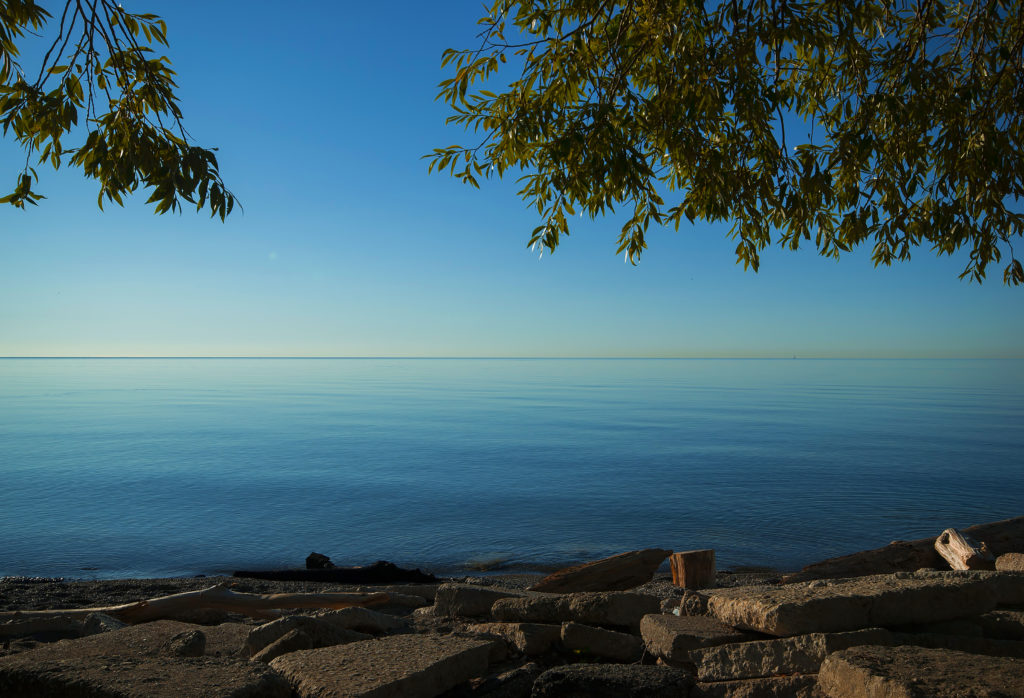Lake conditions are stabilizing and expected to improve

Water levels throughout the Lake Ontario – St. Lawrence River system in 2020 are expected to peak well below the record-highs of 2017 and 2019, according to the latest projections from the International Lake Ontario-St. Lawrence River Board. While Lake Ontario’s water level is currently well above average, improving conditions are the result of much more moderate weather and water supply conditions this year, as well as actions taken by the board to increase Lake Ontario outflows and help the system recover faster following extreme water level periods.
With the expertise gained from 2017 and 2019, the board and its technical team pushed beyond Plan 2014’s limits to increase outflow limits and downstream water level limits beyond those previously perceived as feasible, resulting in some positive gains this winter and spring – though with plenty of help from Mother Nature too. It’s worth reiterating that no regulation plan can be designed to address every imaginable and sustained extreme weather event and provide total protection for all water uses throughout the system at all times. While the board is encouraged by current and projected water levels, it can’t predict what the weather will bring. Shoreline communities should not let their guards down.
Improving conditions can be seen on the International Lake Ontario – St. Lawrence River Board web page, https://ijc.org/en/loslrb/watershed/flows. A key factor contributing to lower water levels is that the Ottawa River system has reached a peak earlier than in 2017 and 2019, and its current flow is much lower.
The board has been able to continue increasing Lake Ontario outflows, in part, because the Ottawa River has been declining and conditions downstream can now handle additional flow.
These conditions have allowed levels on Lake Ontario to see a much more moderate rise this spring, despite extremely high and sustained inflows from Lake Erie. All four of the upper Great Lakes are at or above record levels, whereas Lake Ontario is well above average, but still well below record levels.
The board constantly reviews the outflow regulation strategy in conjunction with real time prevailing conditions to make use of every opportunity to remove as much water as possible from Lake Ontario without causing undue impacts upstream and downstream of the Moses-Saunders Power Dam. In 2019-2020, these efforts were augmented through the deviation authority granted by the International Joint Commission. The board used that deviation authority to make use of all windows of opportunity provided by actual regional weather and system conditions, which Plan 2014 rules (or any outflow regulation plan) could not take into account.
As the Lake Ontario outflow continues to increase as the Ottawa River flow decreases, navigation will become the limiting factor for the system. In previous years, the Lake Ontario summer outflow reached 367,000 cfs, but with Lake Ontario water levels expected to be lower this year, it is unlikely that this outflow will be achieved in 2020. With water levels lower, there is less capacity in the channel to move water without an increase in velocity that would impact navigation, recreation, and cause additional shoreline erosion.
Municipalities and residents along the Lake Ontario and St. Lawrence shoreline should continue to put action plans in place that will build resiliency into the shoreline and prepare for the high and low water events of the future.
Provided information



